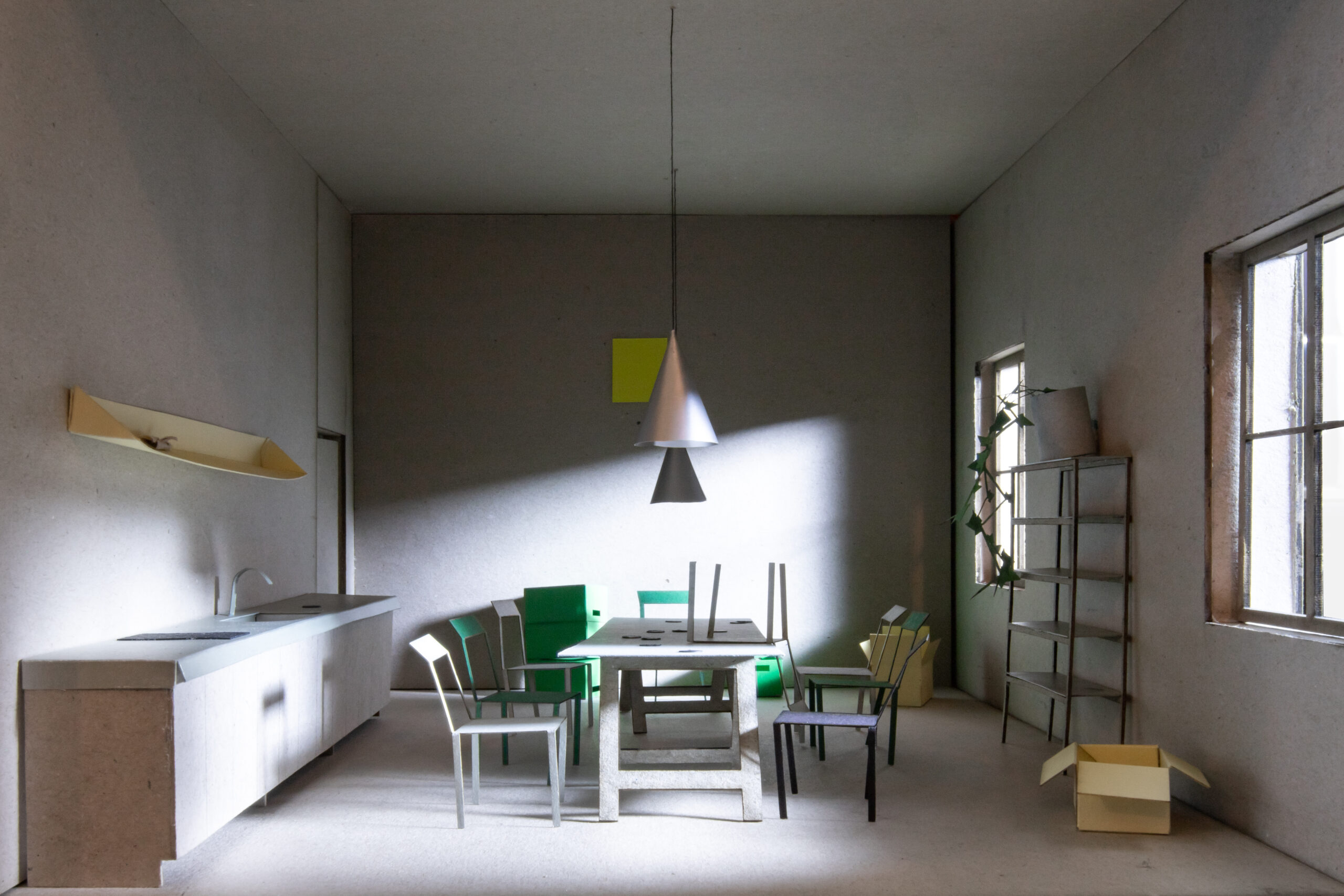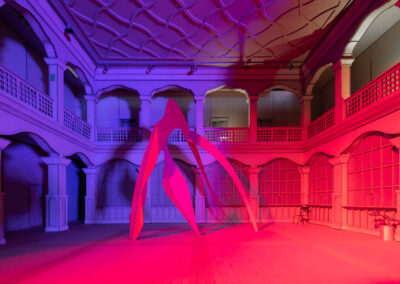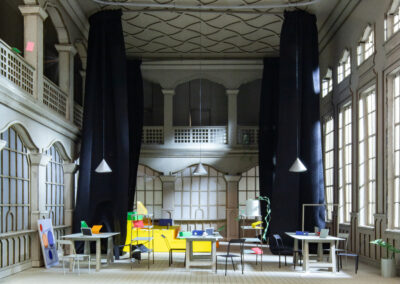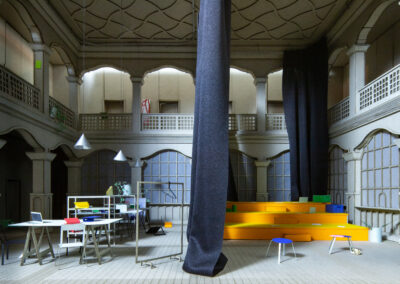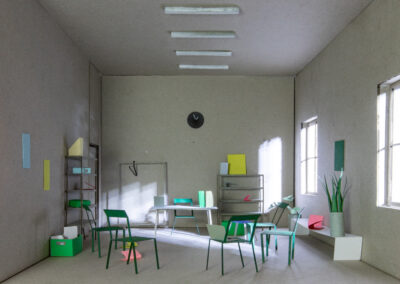SOFIA FREIGHT STATION
Sofia, Bulgaria
JOIN US IN REDISCOVERING A LANDMARK OF INDUSTRIAL MODERNITY
Witness the revival of a pivotal Interwar-era railway complex, where history, urban ecology, and civic reinvention converge along Sofia’s forgotten northern edge.
The Sofia Freight Station, built in 1929, stands as a silent witness to Bulgaria’s 20th-century transformations. Located near the Vladaiska River, this architectural hybrid—part neoclassical civic monument, part pragmatic industrial hub—once thrived as a nerve center for trade along the Orient Express route. Today, its yellow-plastered façades and soaring colonnaded hall endure as a rare intact example of Interwar modernism, bridging Sofia’s industrial past with its post-socialist future. Surrounded by overgrown tracks and repurposed warehouses, the station is both a physical and symbolic threshold: between the city’s bustling center and its disconnected northern districts, between fading infrastructure and emergent green spaces.
A Journey Through Time: From Cargo Hub to Cultural Catalyst
Designed by architect Panayot Kalchev, the Freight Station was conceived during Sofia’s explosive interwar growth, its elegant functionalism reflecting European influences tempered with Bulgarian Revival motifs. For decades, it processed millions of tons of goods, anchoring the city’s northern industrial belt. Though freight operations ceased in the 1990s, the building avoided demolition—its grand hall became an unlikely film set, while its railyards slowly greened.
Now, a grassroots movement seeks to reimagine the site as:
-
A living archive of Sofia’s railway heritage, with restored offices and exhibits on the Orient Express era.
-
A testbed for urban ecology, where the Vladaiska River’s restored waterways could mitigate flooding.
-
A connective tissue between divided neighborhoods, hosting markets, workshops, and performances.

